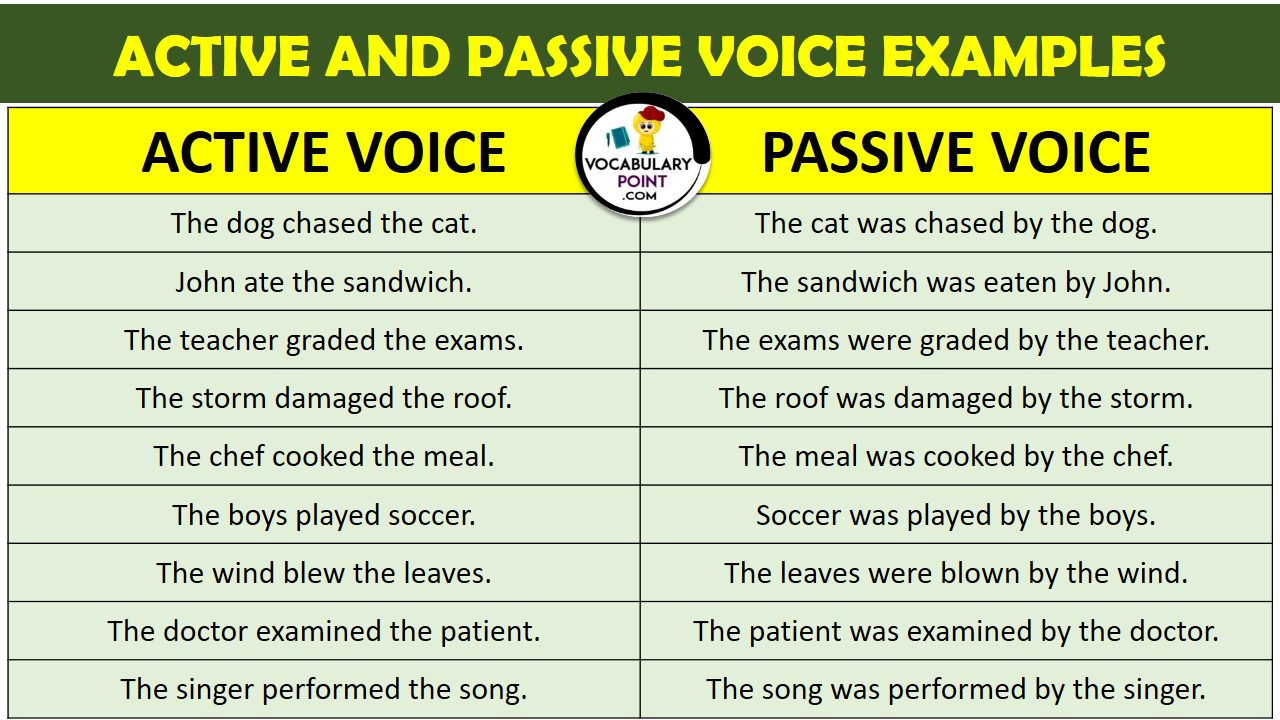When it comes to writing, one of the key decisions that authors must make is whether to use active or passive voice. Both styles have their own strengths and weaknesses, and understanding the differences between them can help writers communicate more effectively.
Active voice is when the subject of the sentence performs the action, while passive voice is when the subject receives the action. For example, in the sentence “The cat chased the mouse,” the cat is the subject and is performing the action of chasing. This is an example of active voice. In contrast, in the sentence “The mouse was chased by the cat,” the mouse is the subject and is receiving the action of being chased. This is an example of passive voice.
Active vs Passive Voice Writing
Active voice is generally more direct and concise, making it easier for readers to understand the message being conveyed. It also tends to be more engaging and dynamic, as it emphasizes the actions of the subject. Passive voice, on the other hand, can be more ambiguous and less engaging, as it often obscures the doer of the action.
However, passive voice can be useful in certain situations, such as when the focus is on the recipient of the action rather than the doer. It can also be used to emphasize a particular point or to create a more formal tone. In general, though, active voice is preferred for most types of writing, as it is more straightforward and impactful.
One of the key benefits of using active voice is that it helps to make writing more engaging and persuasive. Active sentences are typically more dynamic and lively, drawing readers in and keeping them interested. Passive voice, on the other hand, can make writing feel more passive and distant, potentially losing the reader’s attention.
In conclusion, the choice between active and passive voice writing ultimately depends on the goals of the writer and the context in which the writing will be read. Active voice is generally more direct and engaging, making it ideal for most types of writing. However, passive voice can be useful in certain situations, such as when the focus is on the recipient of the action. By understanding the differences between the two styles, writers can make more informed decisions about how to best communicate their message.
